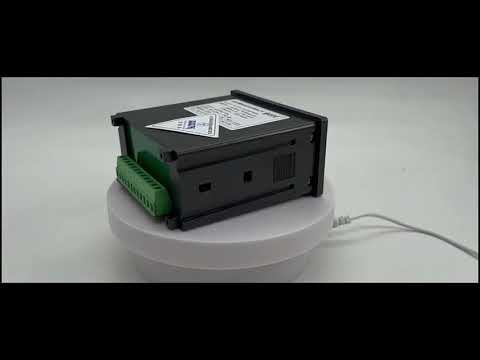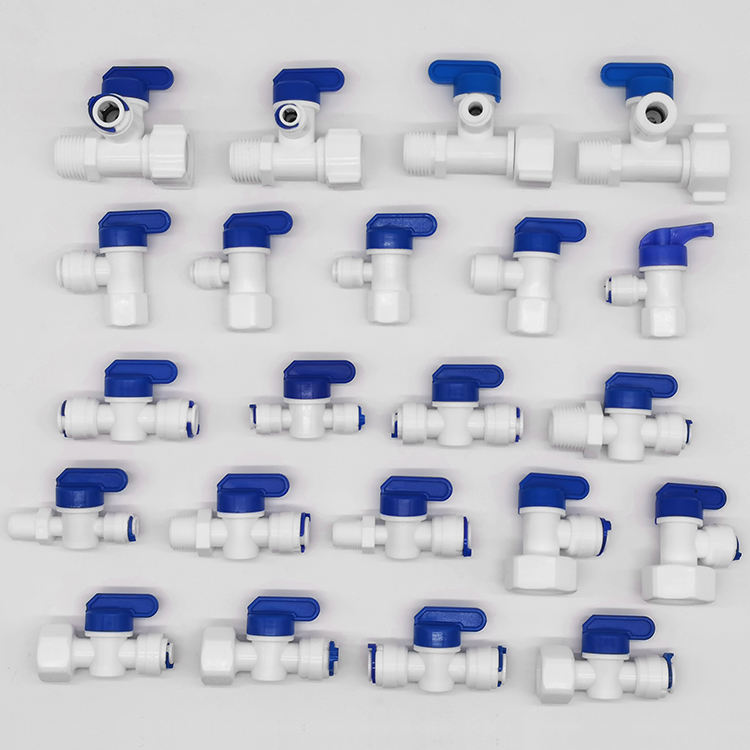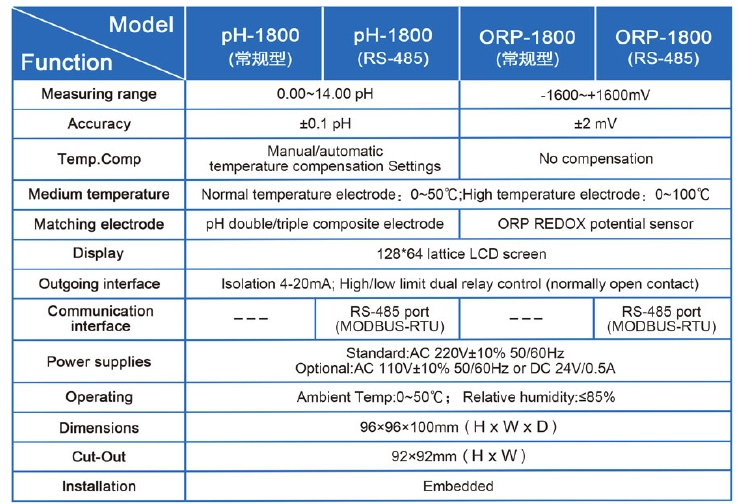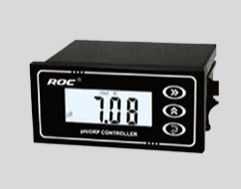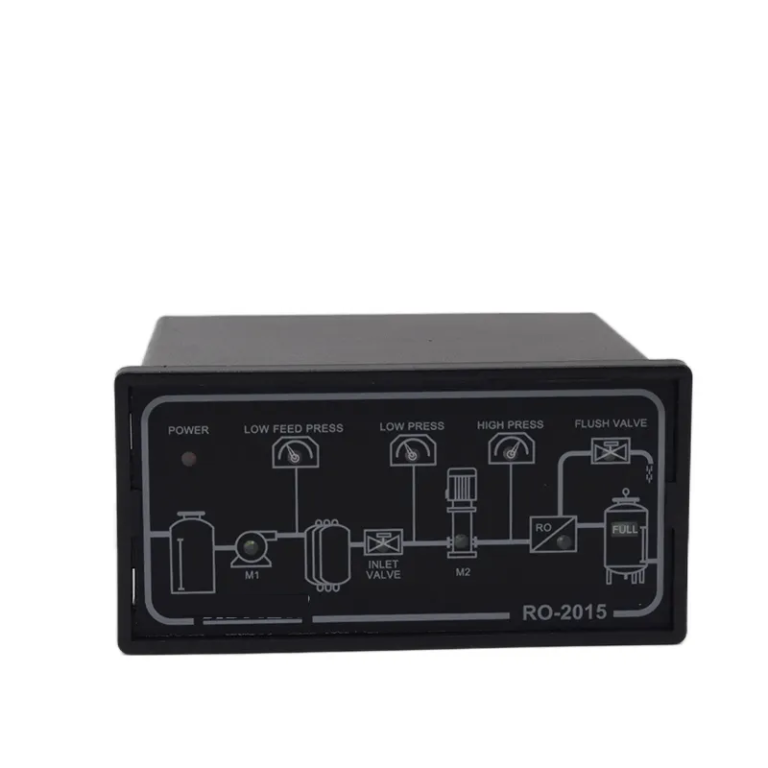Table of Contents
Understanding the Importance of ph meter Storage Solution
The pH meter, a critical tool in many scientific and industrial applications, requires meticulous care and maintenance to ensure its accuracy and longevity. One of the most crucial aspects of this care is the use of a pH meter storage solution. This article aims to shed light on the importance of pH meter storage solution, its role in maintaining the functionality of the device, and the consequences of neglecting its use.
A pH meter, as the name suggests, measures the acidity or alkalinity of a solution. It does this through a sensitive glass electrode that responds to hydrogen ions in the solution being tested. This electrode is delicate and can easily be damaged or become less accurate if not properly cared for. This is where the pH meter storage solution comes into play.
The pH meter storage solution is a specially formulated liquid in which the pH meter’s electrode is immersed when not in use. This solution serves several critical functions. Firstly, it keeps the glass electrode hydrated. Hydration is essential because a dry electrode can lead to inaccurate readings. Secondly, the storage solution maintains a consistent ion concentration, which is necessary for the electrode to function correctly. Lastly, it helps to clean the electrode, removing any residue from previous measurements that could interfere with future readings.
The composition of the storage solution is also of great importance. It typically contains a weak acid and a chloride salt. The weak acid helps maintain the hydration of the glass electrode, while the chloride ions serve to maintain a constant ion activity, which is crucial for accurate pH measurements. It’s worth noting that distilled water should not be used as a substitute for a proper storage solution. While it may seem like a logical choice due to its purity, distilled water can actually damage the electrode due to its lack of ions.
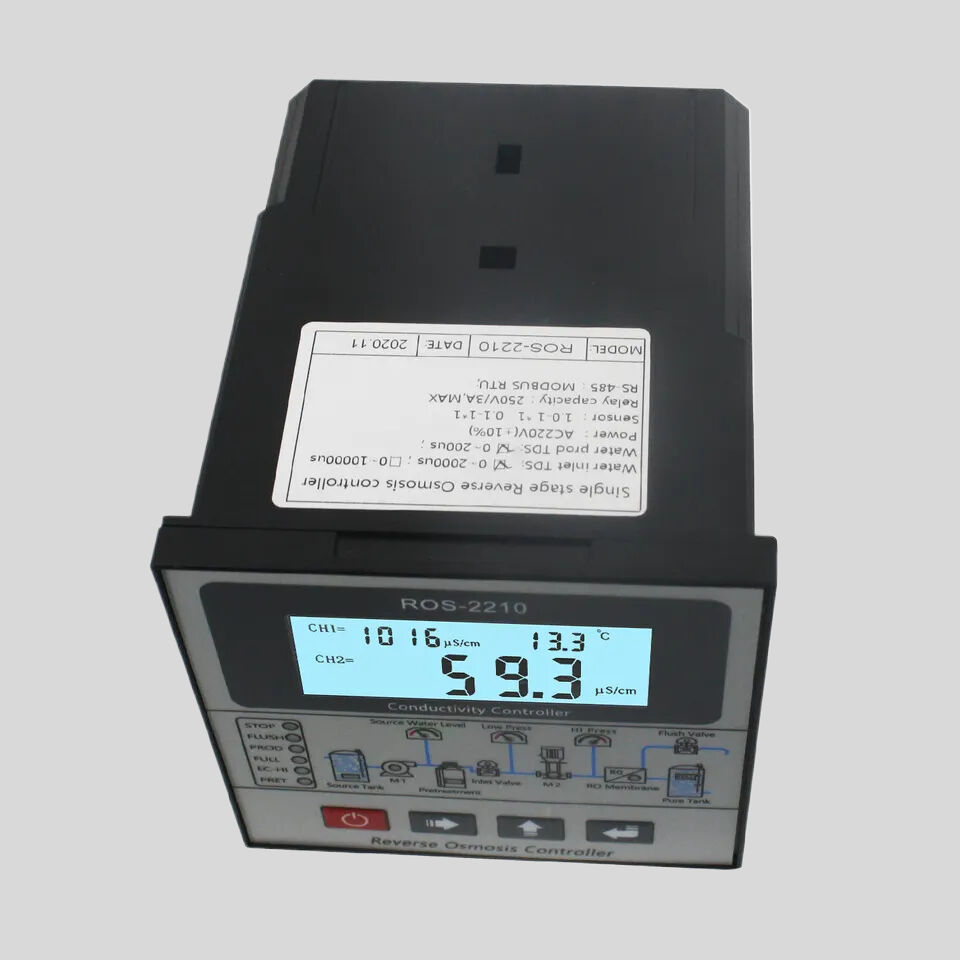
Neglecting the use of a pH meter storage solution can have serious consequences. If the electrode dries out, it can lead to inaccurate readings or even permanent damage. Similarly, if the electrode is not properly cleaned and maintained, residue from previous measurements can build up and interfere with future readings. This can lead to inaccurate results, which in scientific or industrial settings can have significant implications.
In conclusion, the use of a pH meter storage solution is not just a recommendation, but a necessity for anyone using a pH meter. It plays a vital role in maintaining the accuracy and longevity of the device, ensuring that it continues to provide reliable results. Therefore, it’s essential to understand its importance and make it a part of your regular pH meter maintenance routine. By doing so, you can ensure the reliability of your pH measurements and extend the life of your device.
How to Properly Store Your pH Meter Using Storage Solution
A pH meter is an invaluable tool in various fields such as chemistry, biology, and environmental science, among others. It is used to measure the acidity or alkalinity of a solution, providing precise and accurate results. However, to maintain its accuracy and longevity, proper storage of the pH meter is crucial. This article will guide you on how to properly store your pH meter using a storage solution.
The pH meter, specifically the electrode, is a sensitive device that requires special care. The electrode is made of a special glass membrane that measures the hydrogen ion activity in the solution, which is then converted into pH units. If not stored correctly, the glass membrane can dry out, leading to inaccurate readings and potentially damaging the electrode. Therefore, it is essential to keep the electrode hydrated when not in use. This is where the pH meter storage solution comes into play.
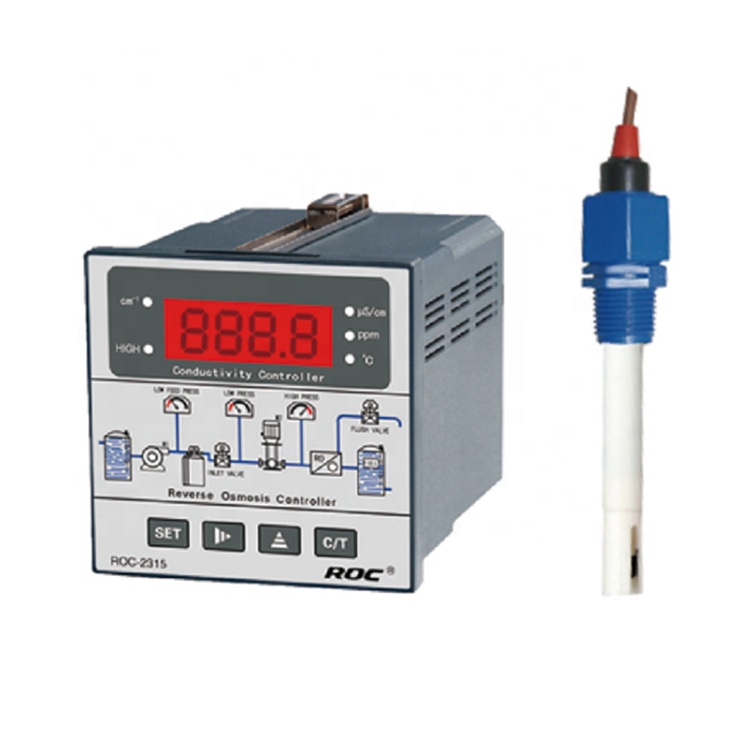
The pH meter storage solution is a specially formulated liquid designed to keep the pH electrode hydrated and maintain its sensitivity. It typically contains a slightly acidic solution, often potassium chloride, which helps to preserve the glass membrane’s integrity. Using a storage solution is a simple yet effective way to prolong the life of your pH meter and ensure accurate readings.
To store your pH meter properly, first, clean the electrode with distilled water after each use to remove any residual testing solution. This step is crucial to prevent any contamination that could affect future readings. After cleaning, gently blot the electrode with a soft tissue to remove excess water. Avoid rubbing the electrode as it can cause scratches on the glass membrane.
| Product name | pH/ORP-8500A transmitter controller | ||
| Measurement parameter | Measurement Range | Resolution ratio | Accuracy |
| pH | 0.00~14.00 | 0.01 | ±0.1 |
| ORP | (-1999~+1999)mV | 1mV | ±5mV(Electric meter) |
| Temperature | (0.0~100.0)℃ | 0.1℃ | ±0.5℃ |
| Temperature range of Tested solution | (0.0~100.0)℃ | ||
| Temperature component | NTC10K thermal element | ||
| (4~20)mA Current output | Channel No. | 2 channels | |
| Technical characteristics | Isolated, fully adjustable, reverse, | ||
| configurable, instrument / transmitting dual mode | |||
| Loop resistance | 400Ω(Max),DC 24V | ||
| Transmission accuracy | ±0.1mA | ||
| Control contact | Channel NO. | 3 Channels | |
| Electric contact | Semiconductor photoelectric switch | ||
| Programmable | Each channel can be programmed and point to (temperature, pH/ORP, time) | ||
| Technical characteristics | Presetting of normally open /normally closed state / pulse /PID regulation | ||
| Load capacity | 50mA(Max)AC/DC 30V | ||
| Data communication | MODBUS, RS485 standard protocol | ||
| Working power supply | DC 24V±4V | ||
| Overall power consumption | <5.5W | ||
| Working environment | Temperature: (0~50) ℃ | ||
| Relative humidity: ≤ 85%RH (non condensing) | |||
| Storage environment | Temperature: (-20~60) ℃ | ||
| Relative humidity: ≤ 85%RH (non condensing) | |||
| Protection level | IP65 (with back cover) | ||
| Shape size | 96mm×96 mm×94mm (H×W×D) | ||
| Opening size | 91mm×91mm(H×W) | ||
| Fixed mode | Panel mounting type quick fixed | ||
Next, immerse the electrode in the pH meter storage solution. The level of immersion depends on the type of pH meter you have. Some require only the glass bulb to be submerged, while others may need the entire electrode immersed. Always refer to the manufacturer’s instructions for specific guidelines. The storage solution should be replaced regularly, at least once a month, to ensure its effectiveness.
It’s also important to note that the pH meter should be stored upright. This position helps to prevent the storage solution from entering the meter body, which could cause damage. If your pH meter comes with a protective cap or storage boot, fill it with the storage solution and place it over the electrode. If not, you can use a clean, sealable container filled with the storage solution.
Never store your pH meter in distilled water or deionized water. While these liquids may seem like a good idea because they are clean and neutral, they can actually deplete the ions in the glass membrane, leading to slow response times and inaccurate readings.
| Model | DO-810/1800 dissolved oxygen meter |
| Range | 0-20.00 mg/L |
| Accuracy | ±0.5% FS |
| Temp. Comp. | 0-60℃ |
| Oper. Temp. | 0~60℃ |
| Sensor | dissolved oxygen sensor |
| Display | Segment code operation/128*64 LCD Screen(DO-1800) |
| Communication | Optional RS485 |
| Output | 4-20mA output High/Low limit double relay control |
| Power | AC 220V±10% 50/60Hz or AC 110V±10% 50/60Hz or DC24V/0.5A |
| Working Environment | Ambient temperature:0~50℃ |
| Relative humidity≤85% | |
| Dimensions | 96×96×100mm(H×W×L) |
| Hole Size | 92×92mm(H×W) |
| Installation Mode | Embedded |
In conclusion, proper storage of your pH meter using a storage solution is essential for maintaining its accuracy and prolonging its lifespan. By following these steps, you can ensure that your pH meter remains a reliable tool for your scientific endeavors. Remember, a well-maintained pH meter is not only an investment in your equipment but also in the accuracy of your work.


